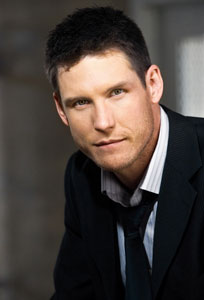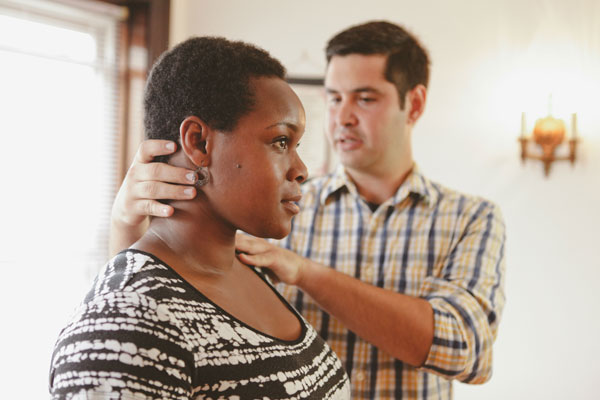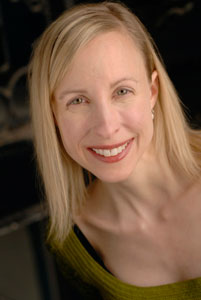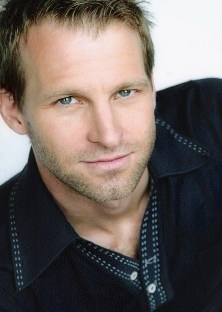 Written by Jamison Haase, L.A. On-Camera Training Center
Written by Jamison Haase, L.A. On-Camera Training Center
Don’t miss out on Part 1, Part 2 & Part 3
The Four Principles to Captivating On-Camera Work
As an actor, I’m sure you watch a lot of film and television. But have you really thought about what elements are used to create the performances you love? Of course there’s talent and hard work, but what technical elements did those actors employ to make the greatest impact possible?
Over the course of the next several weeks, we’re going to distinguish and discuss the four principles to creating amazing on-camera performances, and give you real advice and tips that you can use in your auditions now. Three of these principles you are probably already highly trained in, especially if you worked in theater. But it’s the fourth that makes all the difference in on-camera work. It’s the fourth that most actors never learn. And it’s the fourth that can make or break any film or television audition.
Finally, here we are with the most important principle that every film and TV actors needs to utilize. 4. Maximum Exposure of the Eyes
Maximum exposure of the eyes means just that; not complete, not total, not absolute, just maximum. As much a possible, the audience needs to see your eyes. I’ve mentioned before that film and television is a medium of intimacy. When you think of those people that you are intimate with, what do you think about? What do you see in your mind’s eye? When you connect with someone, you connect with their eyes.
- We need to see your thoughts and feelings
As they say, “The eyes are the window to the soul,” so it stands to reason that your eyes are your biggest tool as a film and television actor. It’s through your eyes that the audience will see your thoughts and feelings. If they can’t see your eyes, it can only be guess work as to what you’re thinking and feeling. As an extreme example, imagine if your encountered a friend with their back turned to you. Could you determine what their thoughts and feelings might be? Of course not because you can’t see their expression: their eyes.
- Make it easy for the audience
As actors we want to make it as easy as possible for our audience not only just to see our eyes, but to connect and get drawn into what we are experiencing. We don’t want there to be anything else that will distract or cause the audience not to focus on our eyes and our performance. So what do we as actors need to do to make that intimacy happen as easily as possible, so that the audience doesn’t even realize they are being drawn in until it’s too late? The answers are simple in theory, but they can be challenging in practice.
- Nervous Ticks and Movement
Movement catches your eye; it’s simply instinct built in from evolution. 10,000 years ago, that movement might have been something that wanted to eat us, and so it instantly draws our attention. The same thing happens when an actor has a nervous tick or too much movement in their performance, it becomes a distraction and it draws the audiences’ attention away from where it should be — the eyes. Almost everyone has a nervous tick. Something that they do that they don’t even know that they do. It could be tension or repetitive movement in your forehead, your mouth, your eyebrows, wherever — but those little uncontrolled movements distract the audience from your eyes, and now the audience has to work to keep that connection with you. It’s same when there’s a lot overall head or body movement — now the audience has to chase your eyes around the frame. We want to make it easy. Your on-camera performance should always be two things: simple and relaxed.
- Adjust your volume and enunciation
When you’re performing for theatre it’s imperative that everyone in the house can hear and understand you, from the guy in the front row to the lady all the way in the back sitting in row XX. But in film and TV, the audience is only as far as the microphone and camera, so there’s no need to speak up or to even enunciate more than you would in a regular conversation. When you bring the volume down, when you allow yourself to relax and simply just say the words rather than chew them, you allow the audience a little closer, immediately establishing intimacy.
I’ve tried to make the four simple principles that I have laid out in these columns, as simple and clear as possible, and I guarantee that you will see results if you use them to their full effect. But you’re not done yet, you still have one more thing to do: PRACTICE. If you only read some articles about riding a bike, I should hope that you would have sense enough not to jump into the Tour de France. You would get killed, because you need to practice. The same is true here. The author and sociologist Malcolm Gladwell says that in order to be truly great at a skill someone must spend 10,000 hours practicing exactly that skill… better get started.
Jamison Haase opened L.A On-Camera Training Center in 2007. At LAOTC Jamison and the rest of the staff teach a simple, hands-on approach at acting for the camera developed by working actors directors and producers, geared specifically towards the audition. Would like more information about classes? Find several ways to connect with us, including our newsletters here: http://about.me/laoncamera.



